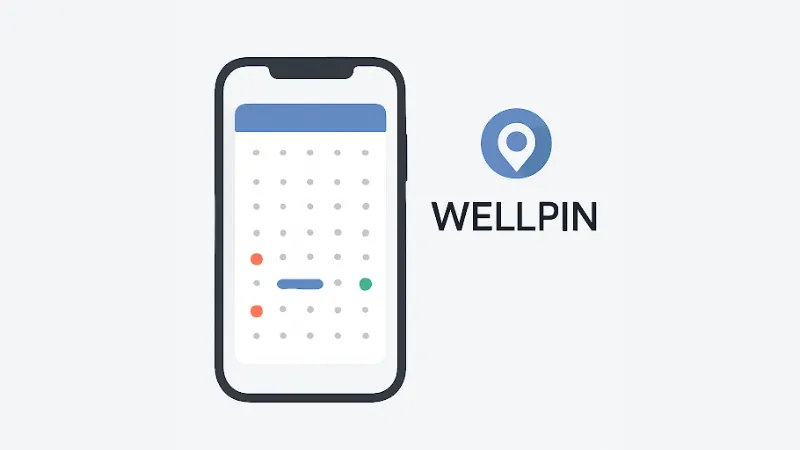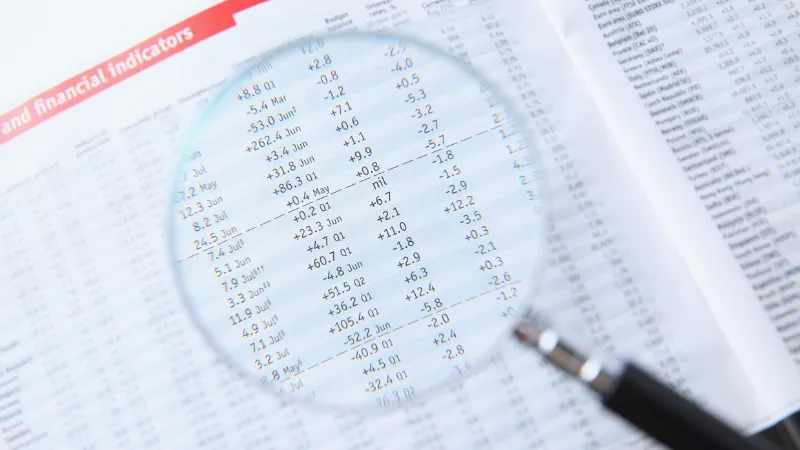PPC and Google Ads Networks: How to Maximise Campaign Performance
Nov 21, 2025 | By Team SR

Running Google Ads campaigns without understanding how each network performs is like throwing money into the wind. Every network has different strengths, costs, and results, and knowing where your ads are most effective helps you get the best return on your investment.
Before exploring network performance, it’s important to understand PPC, or pay-per-click advertising, the foundation of these campaigns.
What is PPC?
PPC is a type of online advertising where you pay only when someone clicks on your ad. Unlike traditional advertising, which charges for exposure regardless of engagement, PPC ensures you only spend on actual interest.
RECOMMENDED FOR YOU

Smarter Scheduling, Happier Clients: Why Businesses Can’t Ignore Time Management
Team SR
Sep 18, 2025
On platforms like Google Ads, PPC allows advertisers to bid on relevant keywords. When a user searches for one of these keywords, your ad may appear in the search results. The beauty of PPC is that it is highly targeted, you decide who sees your ads based on location, demographics, devices, and even the time of day.
Another advantage of PPC is that it is fully measurable. Every click, impression, and conversion can be tracked, providing detailed insights into performance. This allows advertisers to fine-tune campaigns, optimise budgets, and maximise ROI. Agencies like Dark Horse use this data to continually adjust bids, ad copy, and targeting strategies to achieve the best results.
Why Use PPC?
PPC offers several benefits that make it a key part of digital marketing strategies:
- Precision targeting: Reach people actively searching for your products or services.
- High-quality traffic: Users clicking your ads are often further along in the buying journey.
- Scalable campaigns: Adjust budgets and bids easily to match performance goals.
- Measurable results: Track conversions, click-through rates, and ROI to make informed decisions.
- Flexibility and optimisation: Quickly adapt campaigns in response to real-time data, pausing underperforming ads and expanding high-performing ones.
The Main Google Ads Networks
Understanding PPC is essential, but knowing how it works across networks is equally important. Google Ads has three primary networks:
1. Google Search Network
Ads appear alongside search results when users enter relevant queries. Because these users are actively looking for solutions, Search Network campaigns often generate high conversion rates.
2. Search Partner Network
Search Partner sites include platforms like YouTube or smaller search engines. This network extends reach beyond Google’s main search results and provides extra opportunities to engage potential customers, though performance can vary.
3. Google Display Network
The Display Network shows visual ads across a wide range of websites, from blogs to news portals. It’s ideal for building brand awareness or remarketing campaigns, but conversions can sometimes be more expensive compared to search ads.
Why Monitoring Network Performance Is Crucial
Each network behaves differently. Display campaigns might deliver high impressions but lower conversions. Search Partner campaigns may bring in leads at lower costs, while Search Network campaigns often deliver the most qualified traffic.
Tracking key metrics such as cost per conversion, click-through rate, and ROI allows you to make informed decisions. By reviewing these regularly, you can pause underperforming networks, reallocate budgets, and focus on campaigns delivering the best results.
Optimising Network Performance: Key Tips
- Track the right metrics
Focus on conversions and ROI, not just clicks and impressions. - Allocate budgets strategically
Shift spend towards networks and campaigns generating the best results. - Tailor creative for each network
Use concise, benefit-driven text for Search campaigns and engaging visuals for Display ads. - Refine targeting
Adjust demographics, devices, locations, and audience interests to reach the right people. - Leverage automation and bidding strategies
Use Google’s automated bidding tools or reactive adjustments to maximise efficiency. - Test and iterate continuously
Run A/B tests for ad copy, creative, landing pages, and targeting to uncover what works best. - Audit campaigns regularly
Check for underperforming ads, wasted spend, or opportunities to improve reach and conversions.
Integrating PPC into Your Digital Strategy
PPC works best when integrated with your wider marketing efforts.
- Supports SEO: While organic search builds long-term traffic, PPC provides immediate insights and visibility.
- Enhances Paid Social: Combining paid search and social ads reinforces messaging across platforms.
- Improves Landing Pages: High-performing PPC traffic should land on optimised pages that convert. Testing and refining landing pages ensures you maximise the value of every click.
Conclusion
Success with Google Ads relies on understanding both PPC fundamentals and network performance. By monitoring results, analysing data, and continuously optimising campaigns, advertisers can reduce wasted spend, improve conversions, and achieve better ROI.
A strategic approach to PPC, combining audience insights, network awareness, and data-driven optimisation — is the key to making Google Ads truly work for your business.


 Follow us
Follow us Follow us
Follow us













